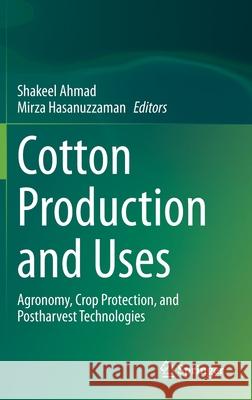Cotton Production and Uses: Agronomy, Crop Protection, and Postharvest Technologies » książka
topmenu
Cotton Production and Uses: Agronomy, Crop Protection, and Postharvest Technologies
ISBN-13: 9789811514715 / Angielski / Twarda / 2020 / 641 str.
Cotton Production and Uses: Agronomy, Crop Protection, and Postharvest Technologies
ISBN-13: 9789811514715 / Angielski / Twarda / 2020 / 641 str.
cena 726,29
(netto: 691,70 VAT: 5%)
Najniższa cena z 30 dni: 693,97
(netto: 691,70 VAT: 5%)
Najniższa cena z 30 dni: 693,97
Termin realizacji zamówienia:
ok. 22 dni roboczych
Dostawa w 2026 r.
ok. 22 dni roboczych
Dostawa w 2026 r.
Darmowa dostawa!
Kategorie:
Kategorie BISAC:
Wydawca:
Springer
Język:
Angielski
ISBN-13:
9789811514715
Rok wydania:
2020
Wydanie:
2020
Ilość stron:
641
Waga:
1.09 kg
Wymiary:
23.39 x 15.6 x 3.66
Oprawa:
Twarda
Wolumenów:
01
Dodatkowe informacje:
Wydanie ilustrowane











